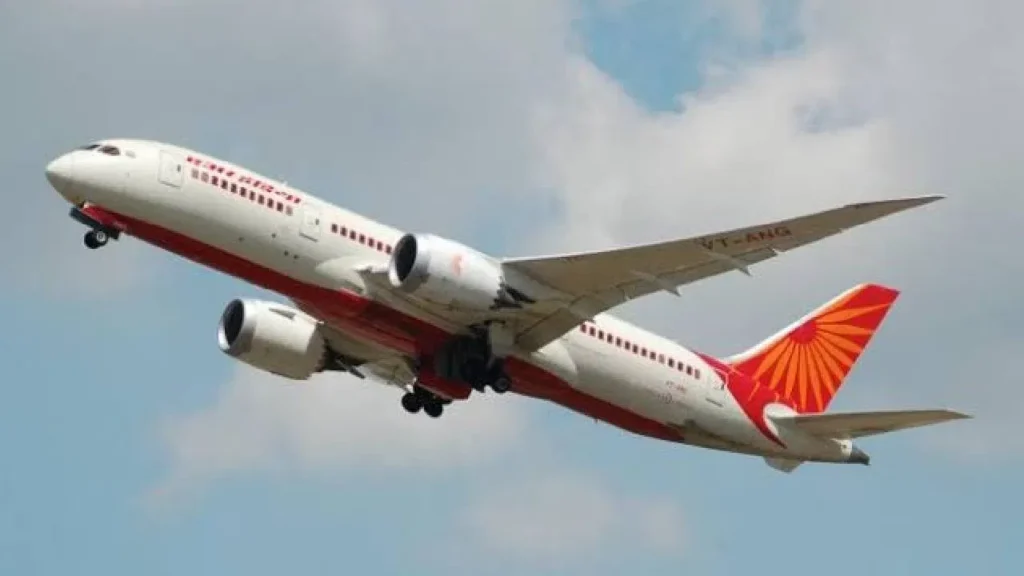The aviation industry is often marked by strict regulations and compliance standards, and when airlines falter in these areas, it can lead to severe consequences. Recently, the Directorate General of Civil Aviation (DGCA) imposed a hefty fine of ₹9 million on Air India for operating flights with unqualified crew members. In addition to the airline’s financial penalty, the DGCA also sanctioned the airline’s operational and training directors with fines of ₹600,000 and ₹300,000, respectively. Furthermore, the concerned pilot has been warned to prevent any future occurrences of such incidents.
What Happened?
The DGCA’s findings revealed that Air India operated a flight with a non-trainer line captain who was paired with an individual not authorized for line release. This situation was classified as a serious scheduling error, posing grave safety implications. After an incident report submitted by Air India on July 10 garnered attention, the DGCA launched an investigation into the airline’s operations, which included a thorough review of relevant documents.
What Are the Specific Orders?
According to the release, preliminary investigations indicate that several officials and employees of Air India violated regulatory provisions, which could significantly impact safety. As a consequence, the DGCA has imposed a fine of ₹9 million on Air India, ₹600,000 on the operational director, and ₹300,000 on the training director.
Previous Fines and Issues
This is not the first time Air India has faced scrutiny from the DGCA. Just recently, the regulatory body discovered that the airline neglected to adhere to health regulations for flight crew members. Air India failed to properly manage the flight duty hours of its crew and did not adequately consider their fatigue when organizing flight schedules. As a result, the airline was previously fined ₹8 million over these violations.
Implications for Air India
The fines imposed on Air India and its executives underscore the critical importance of adhering to safety regulations in aviation. Non-compliance not only poses risks to passenger safety but can also lead to reputational damage and financial losses for airlines. The ongoing scrutiny from the DGCA signals that the aviation regulatory body is vigilant and committed to ensuring the highest safety standards in the industry.
Conclusion
As the aviation industry continues to navigate complex challenges, it is increasingly essential for airlines like Air India to prioritize compliance with regulatory standards. This includes properly training crew members and following scheduling protocols diligently. Such measures are vital not only for the safety of passengers but also for the sustainability and reputation of the airline. The recent incidents serve as a reminder of the serious nature of operational governance and the potential repercussions of overlooking safety regulations in the aviation sector.
